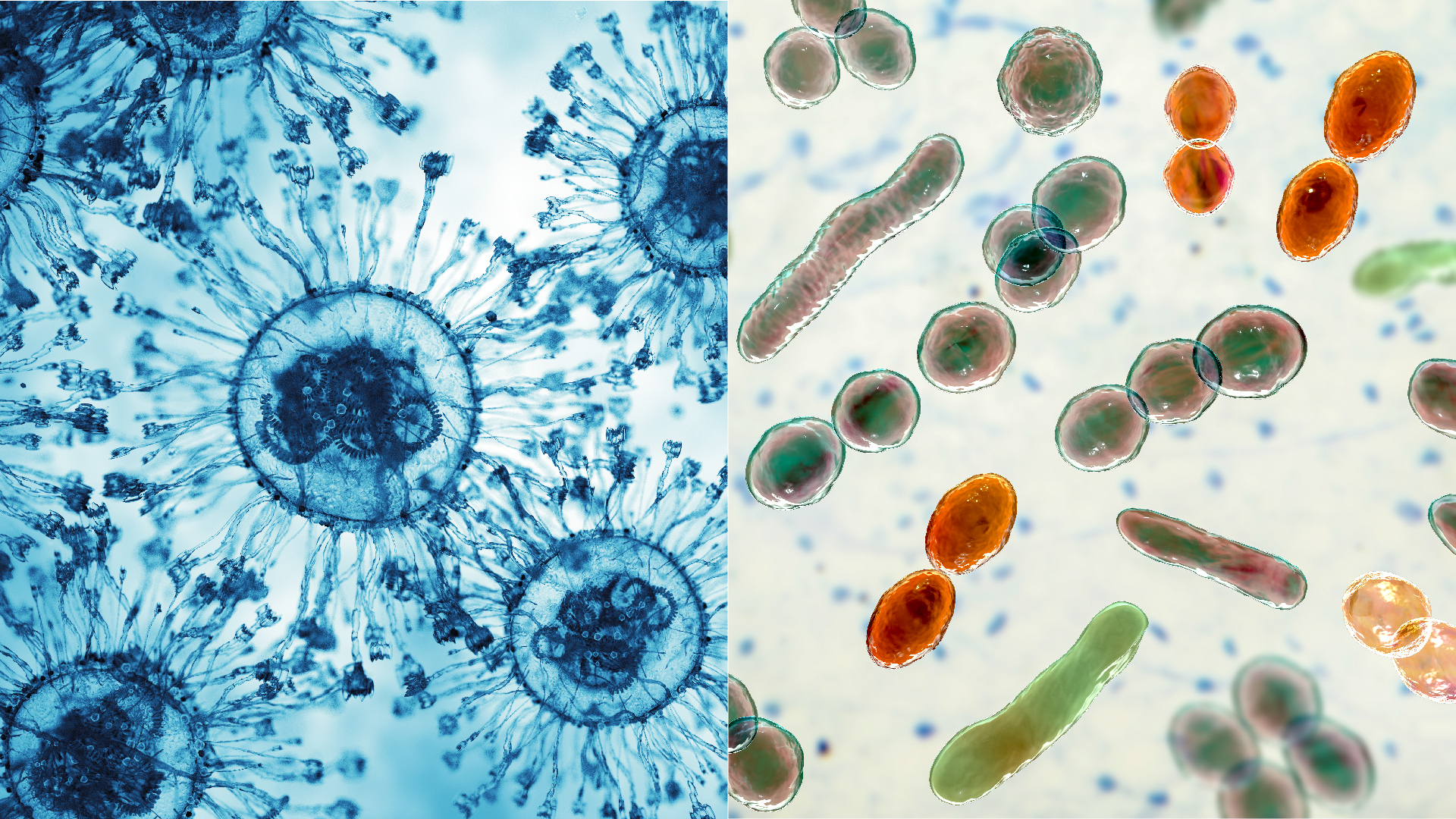Antibiotics, Vol. 13, Pages 986: Boosting Expression of a Specifically Targeted Antimicrobial Peptide K in Pichia pastoris by Employing a 2A Self-Cleaving Peptide-Based Expression System
Antibiotics doi: 10.3390/antibiotics13100986
Authors: Yunhui Zhu Yuwen Li Yuxin Fang Mingyang Hu Lu Zhao Mingrui Sui Na Dong
Background/Objectives: The current epidemic of drug-resistance bacterial strains is one of the most urgent threats to human health. Antimicrobial peptides (AMPs) are known for their good activity against multidrug resistance bacteria. Specifically targeted AMPs (STAMPs) are a fraction of AMPs that target specific bacteria and maintain the balance of the healthy microbiota of a host. We reported a STAMP Peptide K (former name: peptide 13) for E. coli. The aim of this study was to effectively produce peptide K using methylotrophic yeast Pichia pastoris. Methods: Three inserts (sequence of peptide K (K), two copies of peptide K fused with 2A sequence (KTK), and two copies of peptide K fused with 2A and an extra α mating factor (KTAK)) were designed to investigate the effect of the number of repeats and the trafficking of peptide on the yield. Results: The yield from KTK was the highest—more than two-fold higher compared with K—implying the role of the 2A sequence in heterologous peptide expression apart from the co-translation. Then, the fermentation condition for KTK was optimized. The optimized yield of KTK was 6.67 mg/mL, suggesting the efficiency of the expression system. Selectivity, antibacterial activity, biocompatibility, and the stability of the fermentation product were equivalent to the chemically synthesized peptide. The actional mechanism of the fermentation product included membrane permeabilization and ROS induction. Conclusions: Together, our work provided a new perspective to augment the yield of the antimicrobial peptide in the microbial system, building a technological foundation for their large-scale production and expanding the market application of AMPs.

 10 hours ago
10
10 hours ago
10


